Home>Interior Design>10 Ways To Use Limewash At Home: And How To Apply It
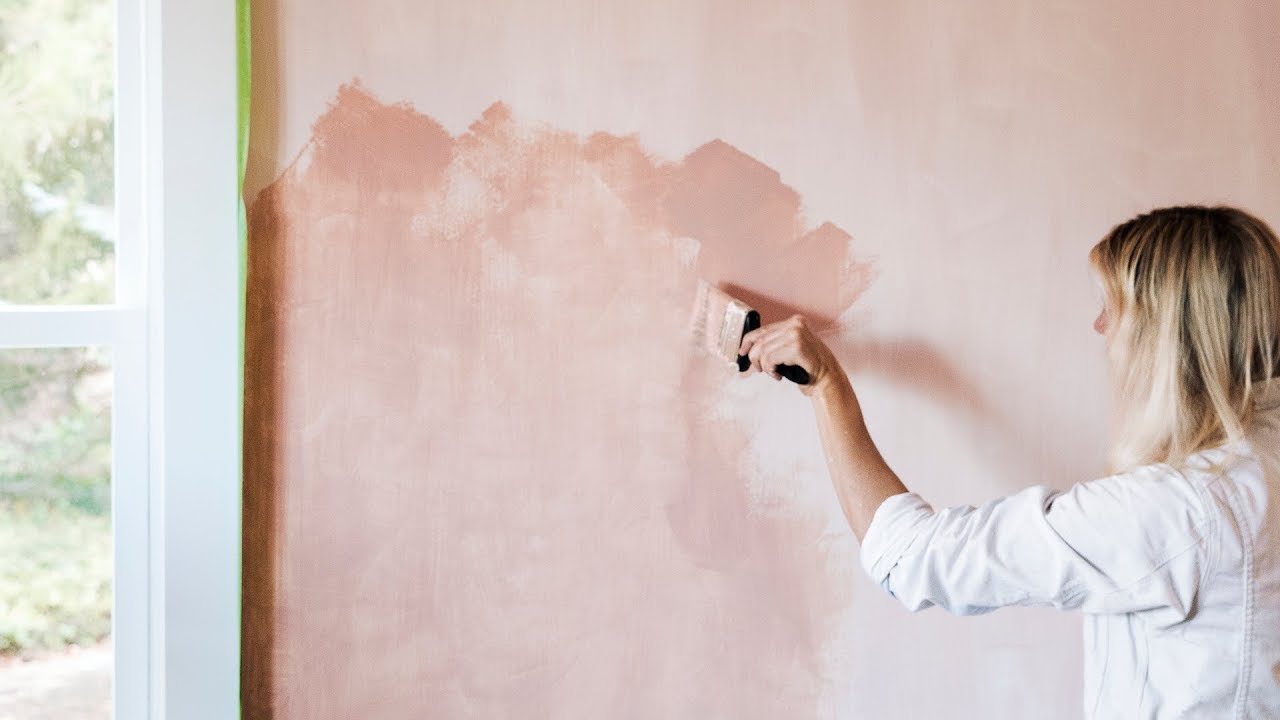

Interior Design
10 Ways To Use Limewash At Home: And How To Apply It
Modified: August 17, 2024
Discover 10 creative ways to incorporate limewash into your interior design, and learn how to apply it like a pro. Transform your home with this versatile technique today!
(Many of the links in this article redirect to a specific reviewed product. Your purchase of these products through affiliate links helps to generate commission for Storables.com, at no extra cost. Learn more)
Introduction
Welcome to the world of limewash, a versatile and timeless technique that can transform the look and feel of any space. Whether you’re a fan of rustic charm or contemporary elegance, limewash offers a range of possibilities for your interior and exterior design projects. In this article, we will explore 10 ways to use limewash at home, and provide you with step-by-step instructions on how to apply it.
Limewash is a mixture of lime, water, and pigment that has been used for centuries to add beauty and protection to various surfaces. It is a popular choice for those who want to achieve a soft, aged effect or a vibrant, modern finish. With its breathable and durable qualities, limewash is suitable for both historic buildings and contemporary spaces.
Now, let’s dive into the different ways you can incorporate limewash into your home design:
Key Takeaways:
- Limewash offers a versatile and timeless technique to transform interior and exterior spaces, from creating a soft, weathered effect to adding vibrant, modern finishes. Its durability and breathability make it suitable for various surfaces.
- Applying limewash is a straightforward process that involves surface preparation, layering, and optional sealant application. It allows for creativity and personalization, offering a durable and beautiful finish for interior and exterior design projects.
Read more: What Is The Best Way To Apply Decking Oil
Exteriors
When it comes to enhancing the curb appeal of your home, limewash is an excellent choice for rejuvenating exterior surfaces. From brick to stucco, limewash can bring out the character and texture of the materials, giving your home a fresh and inviting look.
One popular application is using limewash on brick walls. The soft, matte finish of limewash can tone down the harshness of the brick, creating a weathered and time-worn appearance. This technique is often seen in Mediterranean and European-style homes, where the subtle variations in color add depth and visual interest to the facade.
Another way to use limewash on exteriors is on stucco walls. By applying a tinted limewash to the textured surface, you can create a beautiful wash of color that blends with the surrounding landscape. This technique works particularly well in coastal or natural settings, where the earthy tones of limewash can harmonize with the environment.
Limewash is also a great option for wooden surfaces, such as exterior trims or wooden siding. The breathable nature of limewash allows moisture to evaporate, preventing issues like rot or mold. Additionally, the high alkalinity of lime acts as a natural deterrent to pests, making it an eco-friendly and long-lasting choice for wooden exteriors.
When applying limewash to exteriors, it’s important to prepare the surfaces properly. Clean the surface thoroughly, removing any dirt, debris, or loose paint. If there are any cracks or imperfections, fill them with a suitable filler and allow it to dry completely. Prime the surface with a lime-based primer to ensure proper adhesion of the limewash. Then, using a brush or a sprayer, apply the limewash in thin, even coats, allowing each layer to dry before applying the next.
By using limewash on your home’s exteriors, you can create a charming and timeless look that stands out from the crowd. Whether you prefer a subtle wash of color or a bold statement, limewash offers endless possibilities to transform your home’s exterior into a work of art.
Interiors
Limewash is not just limited to the exterior of your home – it can also be a game-changer for your interior spaces. From walls to ceilings, limewash can add depth, texture, and an air of sophistication to any room.
Applying limewash to interior walls can create a soft, velvety effect that is both elegant and cozy. The natural variations in color and texture of the limewash give the walls a unique character, making them a focal point in any room. You can choose to apply limewash to the entire wall, or use it strategically as an accent wall to add visual interest and texture.
For ceilings, limewash can create a stunning effect, especially in rooms with high ceilings or architectural details. The light-reflective properties of lime can brighten up the space, while the textured finish adds depth and dimension. Consider using a lighter shade of limewash on the ceiling to create a sense of height and openness in the room.
In addition to walls and ceilings, limewash can also be used on other interior surfaces. For example, you can apply limewash to fireplace surrounds to create a rustic and cozy look. The matte finish of limewash complements the warm glow of a fire, adding an element of natural beauty to your living space.
When applying limewash to interior surfaces, it’s important to prepare the area properly. Remove any wallpaper or loose paint, and clean the surface thoroughly to ensure proper adhesion. Prime the surface with a lime-based primer, and begin applying the limewash in thin, even coats. Allow each layer to dry before applying the next, and consider adding a protective sealant if desired.
With limewash, you can transform the interior of your home into a stunning retreat that reflects your personal style. Whether you prefer a traditional, farmhouse look or a modern, minimalist aesthetic, limewash offers endless possibilities to create a space that is truly unique and inviting.
Brick Walls
Brick walls have a timeless appeal and can add character and charm to any space. However, if you’re looking to soften the harshness of the brick or give it a fresh, updated look, limewash is an excellent option to consider.
Applying limewash to brick walls can completely transform their appearance. The soft, matte finish of limewash creates a subtly weathered effect, giving the brick an aged and rustic look. This technique is particularly popular in farmhouse-style interiors, where the soft variations in color add depth and warmth to the space.
One of the advantages of using limewash on brick walls is that it allows the natural texture and character of the bricks to shine through. The limewash acts as a translucent layer, enhancing the details of the bricks while adding a touch of color. This creates a unique and visually interesting feature for your interior design.
When applying limewash to brick walls, it’s crucial to prepare the surface properly. Start by cleaning the bricks thoroughly to remove any dirt, debris, or loose mortar. If there are any cracks or damaged areas, repair them before applying the limewash. It’s also important to wet the bricks before applying the limewash, as this ensures better absorption and adhesion of the product.
Using a brush or a sprayer, begin applying the limewash to the brick wall in thin, even layers. Work in small sections, allowing each coat to dry before applying the next. The number of coats will depend on the desired effect and the absorbency of the bricks.
One of the great benefits of using limewash on brick walls is that it is a breathable finish. It allows moisture to evaporate from the bricks, preventing issues like mold or decay. This makes it an excellent choice for both interior and exterior brick walls.
Whether you’re looking to create a rustic, farmhouse-inspired space or add a touch of character to a modern room, limewash on brick walls can achieve the desired effect. Embrace the natural beauty of the brick while adding a soft and captivating touch with limewash.
Stone Walls
Stone walls are renowned for their elegance, durability, and timeless appeal. Whether you have natural stone or faux stone walls in your home, applying limewash can enhance their beauty and create a stunning focal point.
One of the advantages of using limewash on stone walls is that it can bring out the unique texture and color variations of the stones. The semi-transparent nature of limewash allows the natural beauty of the stones to shine through, creating a soft and organic look. This effect is particularly striking in rooms with ample natural light, as the light plays off the textures of the stones.
Limewash can also help to soften the appearance of stone walls, giving them a more subtle and refined look. It can tone down any intense colors or patterns in the stones, creating a more cohesive and harmonious space. This is especially beneficial if you’re aiming for a more modern or minimalist aesthetic.
When it comes to applying limewash to stone walls, proper surface preparation is vital. Start by cleaning the stone walls to remove any dust, dirt, or debris. If there are any loose stones or cracks, repair them before proceeding. It may also be necessary to dampen the stones before applying the limewash, as this can help with better adhesion.
Using a brush or roller, apply the limewash in thin, even coats onto the stone walls. Work in small sections, allowing each coat to dry before applying the next. The number of coats will depend on the desired depth of color and the absorbency of the stones. Keep in mind that limewash will naturally lighten as it dries, so it’s essential to allow the paint to fully dry before assessing the final color.
The breathable nature of limewash is particularly advantageous for stone walls. It allows moisture to evaporate from the stones, preventing issues like mold or efflorescence. This ensures the long-term health and maintenance of your stone walls.
By applying limewash to your stone walls, you can create a stunning and sophisticated look that highlights the natural beauty of the stones. Whether you want to add a subtle wash of color or create a bold statement, limewash is an excellent choice for transforming your stone walls into works of art.
Read more: How To Limewash Brick
Wooden Surfaces
Wood is a versatile and timeless material that adds warmth and natural beauty to any space. If you’re looking to enhance the look of your wooden surfaces, whether it’s furniture, cabinetry, or flooring, limewash can be a fantastic option.
Applying limewash to wooden surfaces can create a soft, muted effect that enhances the natural grain and texture of the wood. The limewash soaks into the wood, providing a translucent finish that allows the unique characteristics of the wood to shine through. This technique is especially popular in Scandinavian and rustic design styles, where the light, airy feel of limewashed wood complements the overall aesthetic.
One of the significant advantages of using limewash on wooden surfaces is its ability to age gracefully over time. With exposure to light and the natural patina of the wood, the limewash develops a beautiful, weathered look, adding depth and character. This gives your wooden surfaces a unique and lived-in appearance.
When applying limewash to wooden surfaces, proper preparation is essential. Start by ensuring the wood is clean and free from any dust, grease, or previous finishes. If the surface has been stained or varnished, you may need to sand it down to remove the existing finish and allow for better adhesion of the limewash. Make sure to test the limewash on a small, inconspicuous area of the wood to assess the final color and effect.
Using a brush or a rag, apply the limewash to the wooden surface in thin, even coats. Work in the direction of the wood grain for a seamless finish. Allow each coat to dry before applying the next, and assess the color and coverage as you go. You can choose to apply multiple coats for a more opaque look or leave it thinner for a more translucent effect.
One essential consideration when using limewash on wooden surfaces is that it is a breathable finish. This allows moisture to evaporate from the wood, preventing issues like rot or mold. However, it also means that limewash may require periodic maintenance and touch-ups to maintain its appearance over time.
With limewash, you can breathe new life into your wooden surfaces, adding a touch of elegance and character to your space. Embrace the beauty and natural appeal of wood while creating a unique and inviting atmosphere with limewash.
Concrete Surfaces
Concrete surfaces are commonly found in modern and industrial-style spaces, but they can sometimes appear cold and impersonal. If you’re looking to add warmth and visual interest to your concrete surfaces, such as floors or countertops, limewash can be a fantastic solution.
Applying limewash to concrete surfaces can transform their appearance, giving them a soft, aged effect. The matte finish of limewash adds depth and texture to the concrete, making it more visually appealing. This technique is particularly popular in contemporary design styles, where the juxtaposition of the raw concrete with the soft look of limewash creates a stunning contrast.
One of the advantages of using limewash on concrete surfaces is its versatility in creating various effects. By adjusting the thickness of the limewash and the application technique, you can achieve different finishes, from a subtle wash of color to a more pronounced and textured effect. This allows you to tailor the look to fit your desired aesthetic.
When applying limewash to concrete surfaces, it’s essential to prepare the area properly. Clean the concrete surface thoroughly to remove any dirt, dust, or grease. If there are any cracks or imperfections, consider filling them with a suitable filler and allowing it to dry. It may also be necessary to prime the surface with a suitable primer to enhance adhesion.
Using a brush or a roller, apply the limewash to the concrete surface in thin, even coats. Work in small sections, ensuring that each coat is dry before applying the next. Consider experimenting with different application techniques, such as cross-hatching or sponge application, to create additional texture and visual interest.
One of the advantages of using limewash on concrete surfaces is its durability. Limewash forms a breathable coating that allows moisture to evaporate from the concrete, preventing issues like mold or moisture damage. This makes it a suitable option for both indoor and outdoor concrete surfaces.
With limewash, you can infuse warmth and personality into your concrete surfaces, turning them into focal points rather than cold and dull elements of your space. Embrace the versatility of limewash to create stunning effects that elevate the overall aesthetic of your concrete surfaces.
When applying limewash, make sure to wet the surface first to help the limewash adhere better. This will also prevent the surface from absorbing too much of the limewash too quickly.
Furniture
Liven up your furniture with the beauty of limewash. Whether you have a vintage piece that needs a fresh look or want to add character to a new piece, applying limewash can transform your furniture into unique and eye-catching pieces.
Limewash is an excellent option for wooden furniture, as it enhances the natural grain and texture while adding a touch of color. It creates a soft, aged effect that can complement a variety of design styles, from rustic and farmhouse to shabby chic and bohemian.
One of the benefits of using limewash on furniture is its versatility in achieving different effects. You can choose to apply a thin layer for a subtle, translucent look that allows the wood to shine through, or build up multiple layers for a more opaque and pronounced effect.
When applying limewash to furniture, proper preparation is key. Clean the surface of the furniture thoroughly to remove any dust, grease, or existing finishes. If the piece has any imperfections or rough areas, consider sanding them down to create a smoother surface for the limewash to adhere to.
Using a brush or a rag, apply the limewash to the furniture in thin, even coats. Work in the direction of the wood grain for a seamless and natural look. Allow each coat to dry before applying the next, and assess the color and coverage as you go. Remember, you can always add more layers to achieve the desired effect.
Limewash is not limited to wooden furniture; it can also be used on other materials such as metal or wicker. When applying limewash to non-wooden furniture, it’s essential to use a suitable primer or base coat to ensure proper adhesion. Follow the manufacturer’s instructions for the specific type of material you are working with.
A great advantage of using limewash on furniture is that it is a breathable finish. This allows the wood or other materials to retain their natural characteristics and age gracefully over time. Keep in mind that delicates such as limed oak are more susceptible to damage and may require additional care.
With limewash, you can breathe new life into your furniture, turning ordinary pieces into extraordinary focal points in your space. Whether you want to add a touch of rustic charm or create a statement with a bold color, limewash provides endless possibilities to customize your furniture and make it truly one-of-a-kind.
Fireplace
Add a touch of charm and elegance to your fireplace by applying limewash. Whether you have a traditional brick fireplace or a modern concrete one, limewash can enhance its beauty and create a stunning focal point in your living space.
One of the popular applications of limewash is on brick fireplace surrounds. The soft, matte finish of limewash can transform the look of the bricks, giving them a timeless and weathered appearance. This technique is particularly popular in farmhouse or cottage-style interiors, where a rustic and aged look is desired.
Limewash can also be used on other fireplace materials, such as stone or concrete. By applying a tinted limewash, you can add depth and character to these surfaces, creating a unique and captivating focal point. The natural variations in color and texture of the limewash can enhance the beauty of the materials and create a visually interesting feature in your room.
When applying limewash to a fireplace, proper surface preparation is crucial. Clean the surface of the fireplace thoroughly to remove any dirt, soot, or debris. If there are any cracks or imperfections, repair them before proceeding. It’s also important to wet the surface of the fireplace before applying the limewash, as this improves adhesion.
Using a brush or a rag, apply the limewash to the fireplace in thin, even coats. Work in small sections, ensuring that each coat is dry before applying the next. The number of coats will depend on the desired depth of color and the absorbency of the surface.
One of the advantages of using limewash on a fireplace is its ability to withstand high temperatures. Limewash is a durable and heat-resistant finish, making it suitable for use around the fireplace. This ensures that the limewash will maintain its beauty and integrity even in close proximity to the fire.
With limewash, you can transform your fireplace into a stunning focal point that sets the tone for your entire living space. Whether you prefer a traditional, rustic look or a more modern and minimalist aesthetic, limewash offers endless possibilities to create a fireplace that is both functional and visually captivating.
Read more: How To Apply For Grants For Home Improvement
Accent Walls
Add a pop of color and texture to your space by using limewash to create stunning accent walls. Whether you want to create a focal point, define a specific area, or add visual interest to a room, accent walls can completely transform the look and feel of your space.
Limewash is an excellent option for accent walls, as it allows you to introduce color and texture in a subtle and sophisticated way. The matte finish of limewash creates a soft, velvety effect that adds depth and character to the wall, making it an ideal choice for any design style.
When choosing a color for your accent wall, consider the overall color scheme of the room and the mood you want to create. You can opt for a complementary color that enhances the existing palette, or go for a bold, contrasting shade for a more dramatic effect. With limewash, you can also achieve a unique color by mixing pigments or adding different shades to create a custom look.
Accent walls can be created in any room of your home, from the living room to the bedroom, the dining area to the entryway. Consider choosing a wall that has architectural interest, such as one with a fireplace, a large window, or a unique design element. This will draw attention to that specific area and make it the centerpiece of the room.
When applying limewash to create an accent wall, ensure that the surface is properly prepared. Clean the wall to remove any dirt, dust, or grease. Repair any imperfections such as cracks or holes, and apply a suitable primer to ensure the limewash adheres properly to the wall.
Using a brush or a roller, apply the limewash to the wall in thin, even coats. Work in small sections, allowing each coat to dry before applying the next. This gradual approach helps you build up the desired color and texture, achieving the perfect accent wall effect.
With limewash, you can transform a plain wall into a striking statement piece that adds personality and style to your space. Embrace the versatility and beauty of limewash to create an accent wall that reflects your unique taste and becomes the focal point of your room.
Artistic Effects
Limewash offers a world of creative possibilities when it comes to artistic effects on your walls. Whether you’re a fan of subtle texture or want to make a bold artistic statement, limewash can help you achieve unique and captivating results.
One of the artistic effects you can create with limewash is a faux plaster finish. By using a trowel or a brush, you can apply the limewash in a way that mimics the look of plaster. This creates a textured and multidimensional appearance on the walls, adding depth and visual interest to the space. This effect is particularly popular in Tuscan or Mediterranean-inspired interiors.
For those who love the charm of old-world frescoes, limewash can be used to achieve a similar effect. By applying layers of limewash in different colors and tones, and gently blending them together, you can create a mural-like appearance on your walls. This technique allows you to unleash your creativity and personalize your space with unique and custom designs.
Another artistic effect you can create with limewash is a watercolor-like wash. By diluting the limewash with water and applying it with a brush, you can achieve a soft, translucent look that resembles a watercolor painting. This effect is perfect for creating a dreamy and ethereal ambience in your space.
If you’re feeling adventurous, you can also experiment with stencils or templates to create intricate patterns or designs with limewash. By placing the stencil on the wall and applying the limewash over it, you can create stunning and precise patterns that add a touch of artistic flair to your space.
When it comes to applying limewash for artistic effects, the technique and tools you use will vary depending on the desired look. Experimenting and practicing on a small area or a sample board can help you perfect your technique before tackling the entire wall.
With limewash, you can unleash your creativity and transform your walls into works of art. Whether you want to mimic the look of traditional plaster, create a stunning mural, or experiment with unique patterns, limewash provides endless opportunities to personalize your space and showcase your artistic vision.
Conclusion
Limewash is a versatile and timeless technique that can breathe new life into your home design. From exteriors to interiors, brick walls to stone walls, wooden surfaces to concrete surfaces, furniture to accent walls, and even artistic effects, limewash offers endless possibilities to enhance the look and feel of your space.
When using limewash, it’s important to adequately prepare the surfaces and apply the product in thin, even coats. This ensures proper adhesion and allows you to achieve the desired effect. Whether you’re aiming for a soft, weathered appearance, a vibrant splash of color, or a unique artistic design, limewash delivers stunning and personalized results.
Limewash not only enhances the aesthetic appeal of your home but also offers durability and breathability. Its ability to allow moisture to evaporate makes it suitable for both interior and exterior surfaces. This ensures the long-term preservation and health of your walls, furniture, and other applications.
As you embark on your limewashing journey, don’t be afraid to experiment and unleash your creativity. Mix pigments, blend colors, and apply various techniques to achieve the look that truly reflects your personal style and vision. Limewash opens up a world of design possibilities, allowing you to transform ordinary spaces into extraordinary works of art.
So, whether you’re looking to add warmth and character to your brick fireplace, create a striking accent wall, or turn your wooden furniture into statement pieces, limewash is a fantastic choice. Embrace its versatility, timelessness, and beauty, and let limewash be your secret weapon in elevating your interior and exterior design.
How to Apply Limewash
Applying limewash is a straightforward process that can be accomplished with a few basic steps. Whether you’re a seasoned DIY enthusiast or a beginner, follow these guidelines to achieve the perfect limewash finish:
1. Prepare the Surface: Start by preparing the surface you plan to apply the limewash to. Clean the surface thoroughly, removing any dirt, dust, or debris. Repair any cracks or imperfections and ensure that the surface is dry and free from any existing finishes or sealants.
2. Protect Surrounding Areas: Before you begin applying the limewash, protect the surrounding areas from any splatters or drips. Use drop cloths or plastic sheeting to cover floors, furniture, and any other items that may be exposed to the limewash.
3. Mix the Limewash: Depending on the type of limewash you’ve chosen, mix it according to the manufacturer’s instructions. Some limewashes come pre-mixed, while others require you to mix lime powder with water. Use a bucket or a mixing container to ensure that the limewash is well-blended.
4. Apply the Limewash: Use a brush, roller, or sprayer to apply the limewash to the surface. Work in small sections, starting from the top and moving downwards. Apply the limewash in thin, even coats to achieve a smooth and uniform finish. Avoid applying the limewash too thickly, as it may result in a blotchy appearance.
5. Work in Layers: Allow each coat of limewash to dry completely before applying the next layer. Depending on the desired effect and the absorbency of the surface, you may need to apply multiple coats to achieve the desired color and coverage. Take your time and be patient throughout the process.
6. Evaluate and Touch Up: Once you’ve applied the desired number of coats, step back and evaluate the final result. Look for any areas that may require touch-ups or additional coverage. Use a brush or a small roller to address any uneven spots or missed areas. Ensure that the limewash is applied evenly and to your satisfaction.
7. Allow to Cure: After completing the limewashing process, allow the surface to cure and dry thoroughly. It’s essential to avoid any contact with water or humidity during this stage, as it can affect the durability and appearance of the limewash. Follow the manufacturer’s instructions for the recommended curing time.
8. Optional: Add a Protective Sealant: Depending on the desired level of protection and sheen, you may choose to apply a protective sealant over the limewashed surface. Some sealants can enhance the durability of the limewash and make it easier to clean and maintain. Follow the manufacturer’s instructions for the specific sealant you choose.
By following these steps, you can confidently apply limewash to your desired surfaces and create the beautiful and durable finish you desire. Remember to exercise caution, take your time, and enjoy the process of transforming your space with the timeless beauty of limewash.
Frequently Asked Questions about 10 Ways To Use Limewash At Home: And How To Apply It
Was this page helpful?
At Storables.com, we guarantee accurate and reliable information. Our content, validated by Expert Board Contributors, is crafted following stringent Editorial Policies. We're committed to providing you with well-researched, expert-backed insights for all your informational needs.

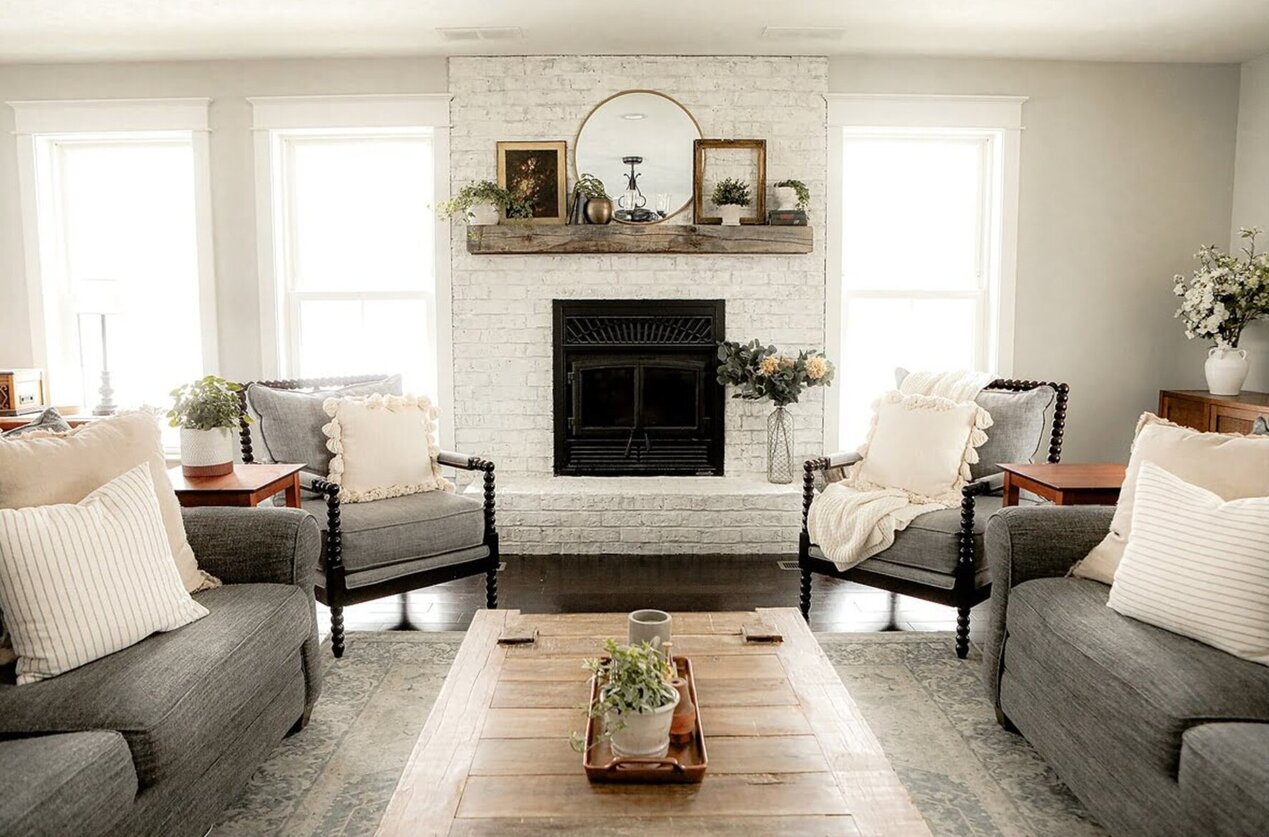


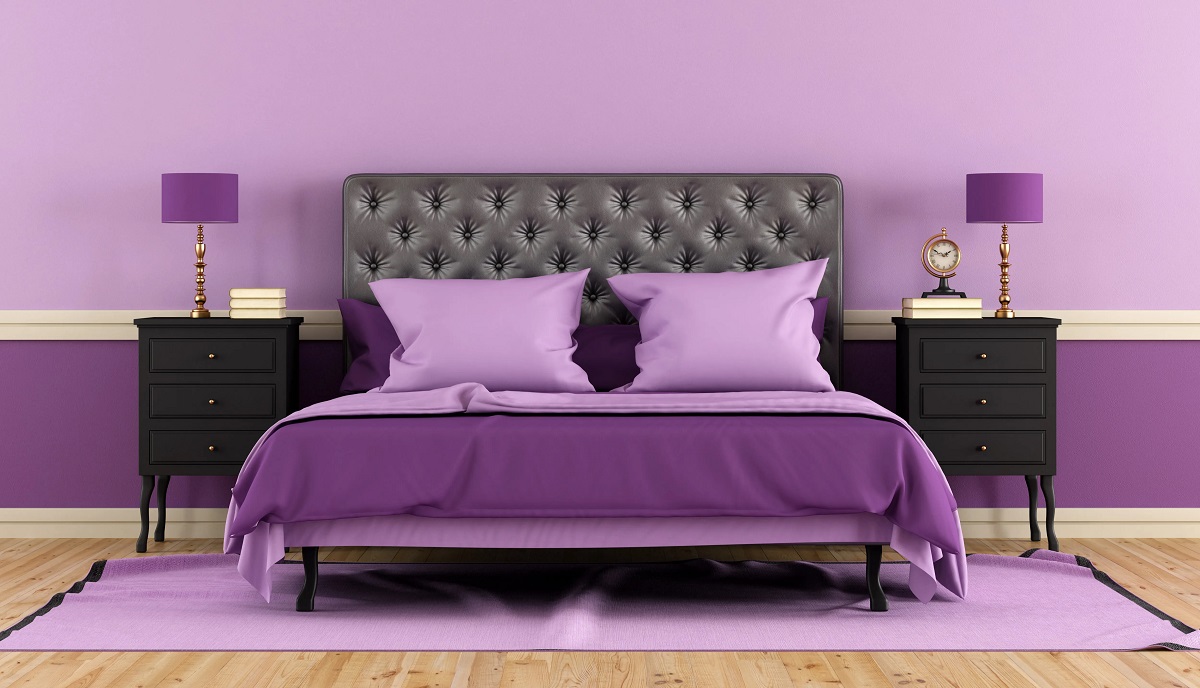



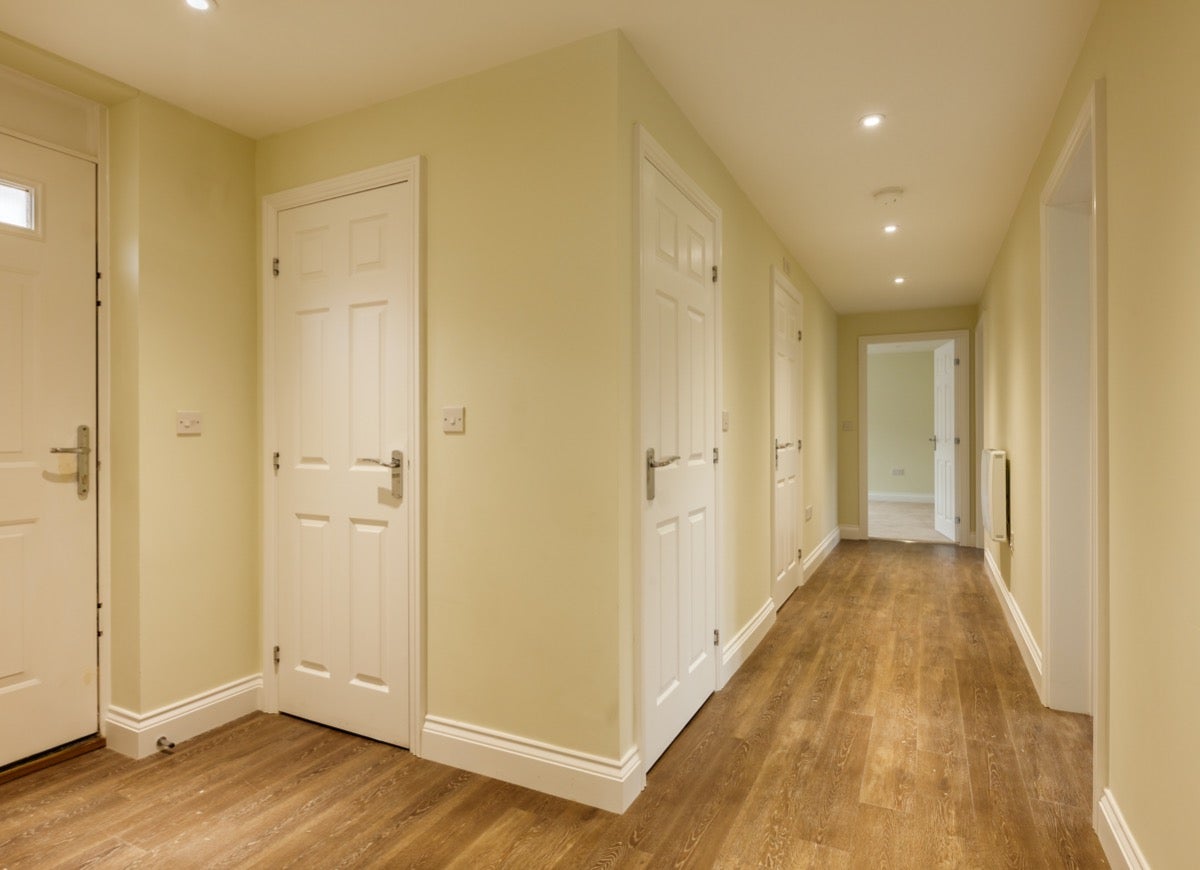

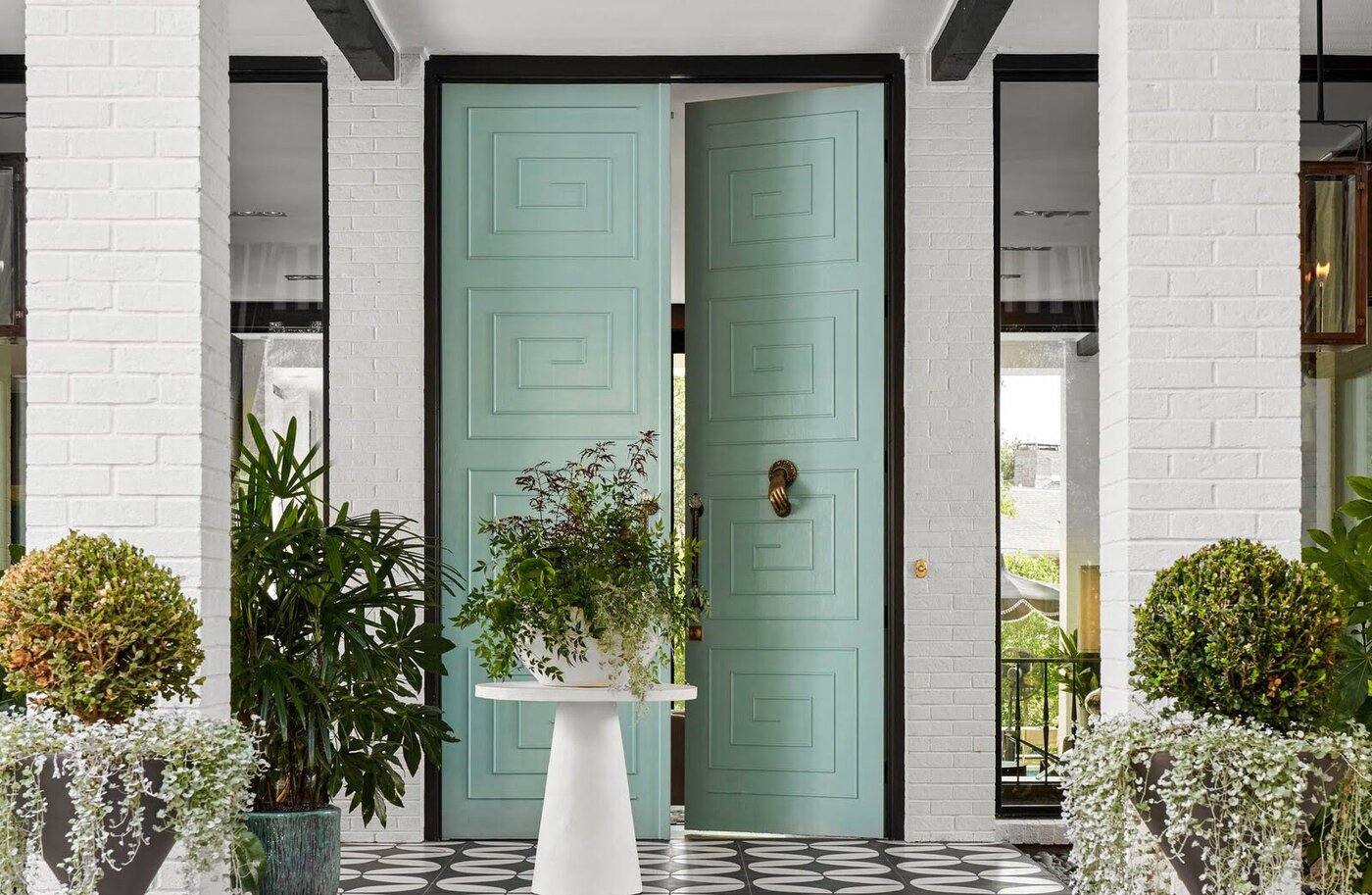
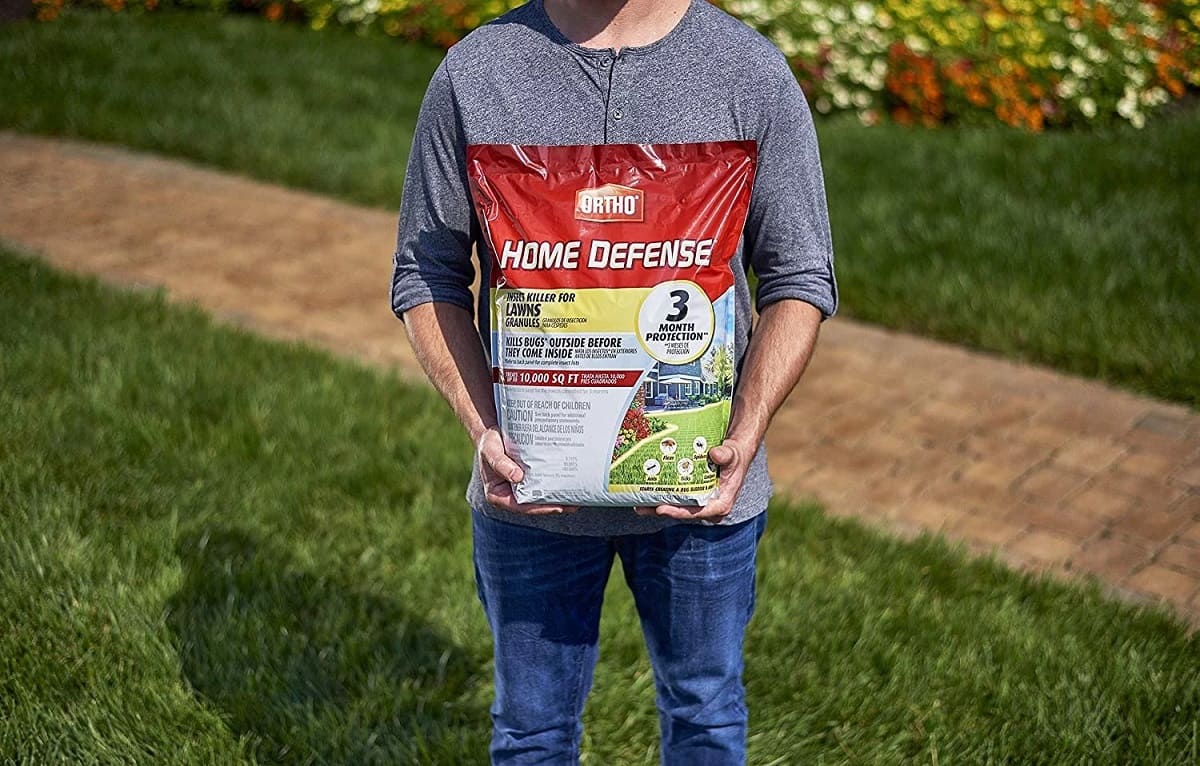
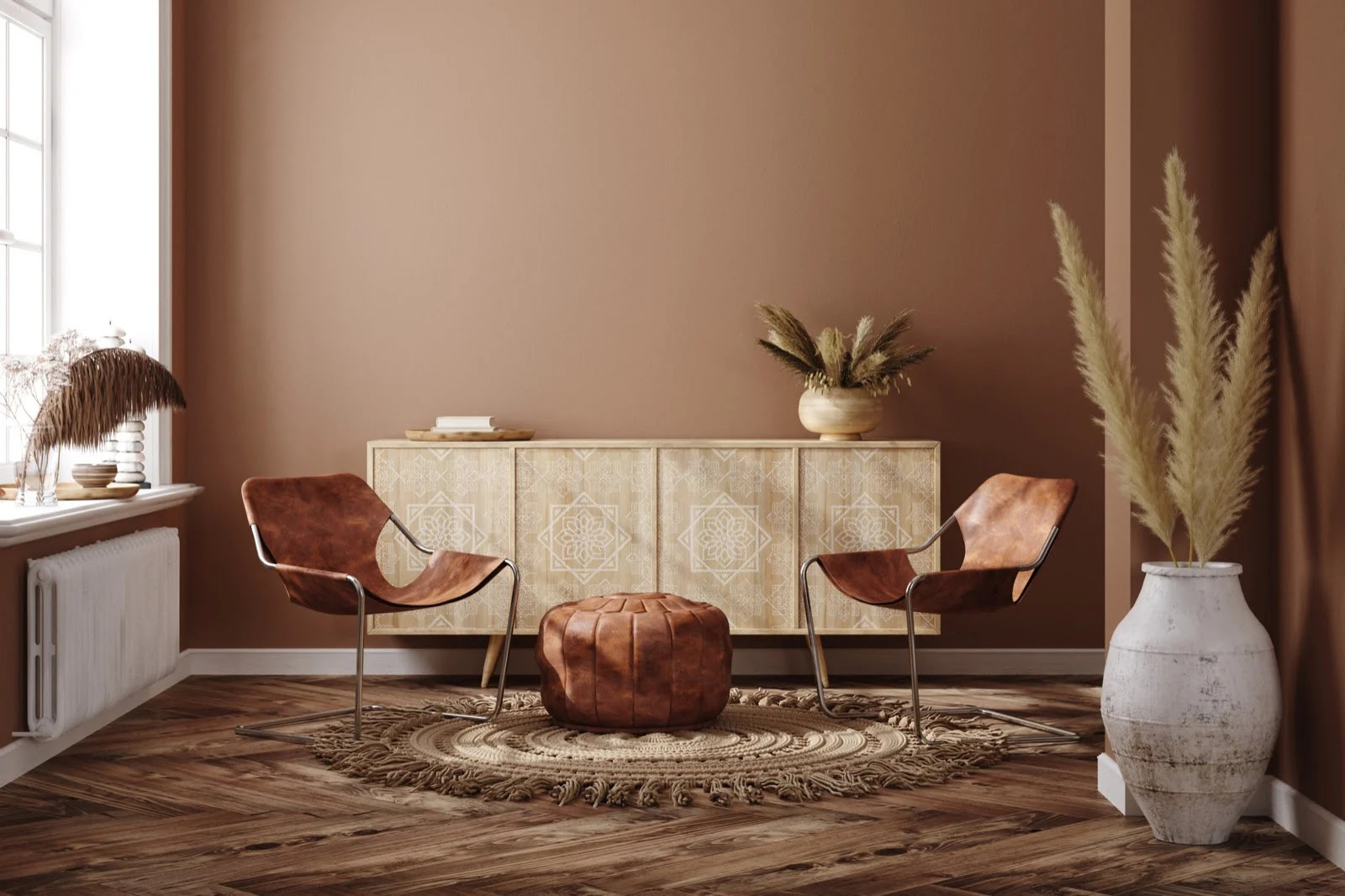

0 thoughts on “10 Ways To Use Limewash At Home: And How To Apply It”